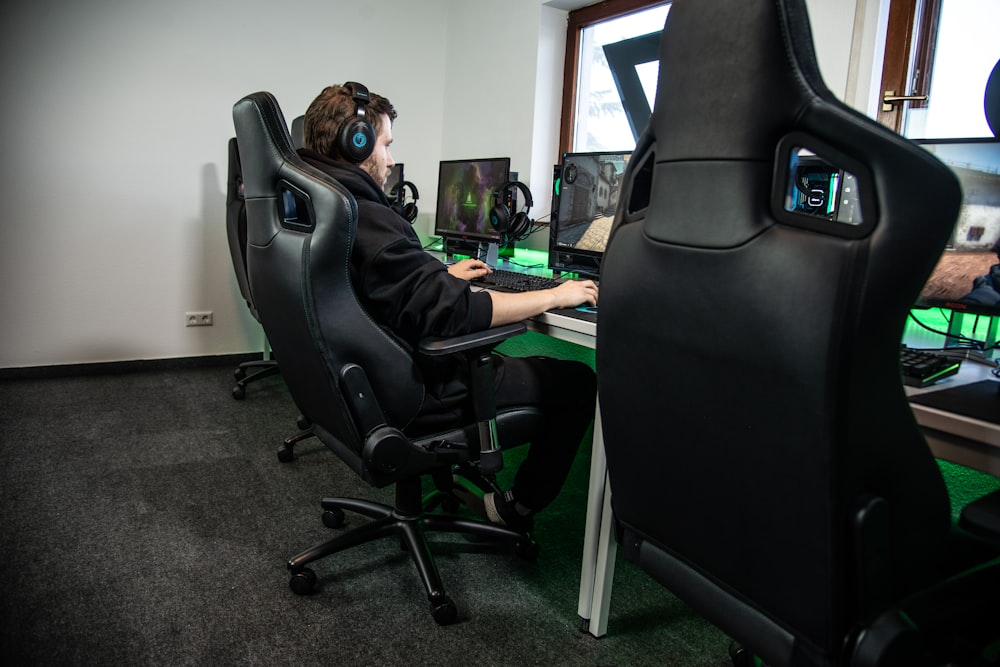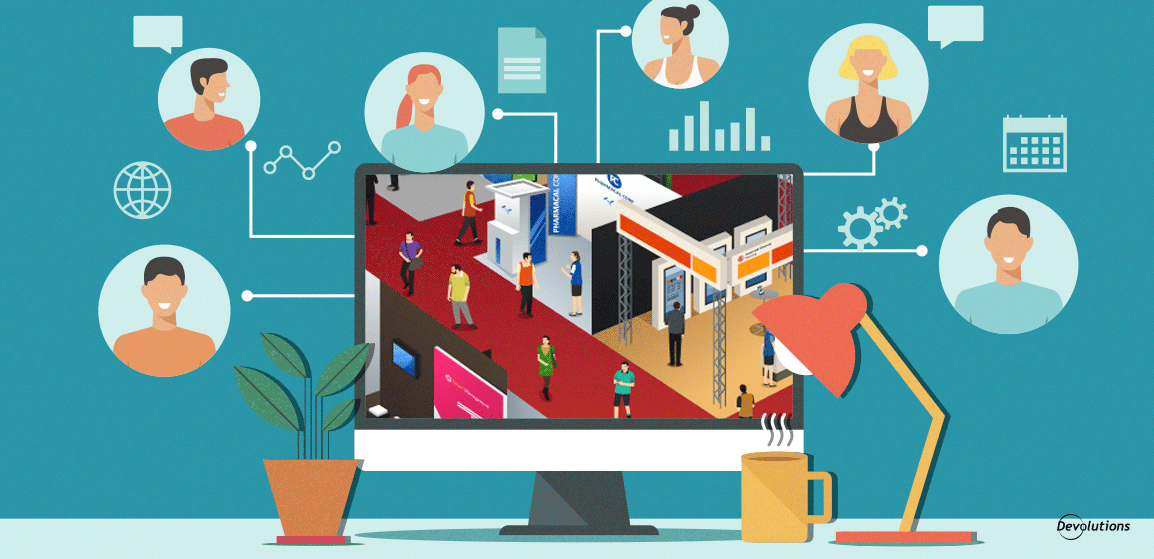In 1998, Joe Pine (@joepine), co-founder of Strategic Horizons, LLP, wrote a book along with Jim Gilmore called The Experience Economy. When I read this book, I thought, “Bloody hell! This is it!” I was working at British Telecom at the time, so I showed it to my boss. He had a similar reaction and set me on the route of improving the Customer Experience, and the rest is history.
Now, 23 years later, I run Beyond Philosophy. This global Customer Experience consultancy was named as one of the best management consultancies by Financial Times for the third year in a row this year. You could say that Pine changed my life.
So, you can imagine my excitement when I hosted him on a recent podcast. Pine and I discussed what we can expect now for live events that the vaccine is rolling out, and we can see the light at the end of the tunnel for the COVID-19 pandemic. Pine shared what he sees as a trend moving forward: The Hybrid Event.
The Migration to Hybrid Events
Pine is fascinated by how much things have changed from a year ago. Starting in March 2020, Pine, a regular speaker, watched as all the events he was booked for canceled their in-person events and replaced them with virtual ones. Pine was amazed at how effective virtual events can be in both content and reach.
However, the desire for physical interaction is an underlying theme for conferences and events. While information can be great, Pine and other attendees missed the networking effect inherent in conferences and other in-person events.
Business is responding with a new trend: Hybrid events. The idea behind hybrid events is that there is a physical event and a simultaneous virtual event. Pine wrote another book called, Infinite Possibility Creating Customer Value on the Digital Frontier that discusses how technology can enhance the event’s value. From conferences and symposiums to concerts and sporting events. There are even implications for retail environments.
Pine says we need to learn from online experiences like Twitch, a streaming platform for gamers. Twitch users watch celebrity gamers play video games and interact with other fans while they do it. Pine thinks the value is not in watching people play video games as much as the interaction that a user can have with other people who are also watching people play video games.

I buy into Pine’s ideas about combining live and virtual events. As Pine shared this idea about modeling after Twitch, I remembered a story a colleague shared about Microsoft Teams. My colleague was watching a presentation and noticed people were commenting on the presentation. The comments were interesting and were adding a lot of value to the presentation. Moreover, there is a second inherent value of the commentary. If you could go back and review the comments, it allows the presenter to have a second round of interaction with the participants asynchronously.
However, live events and virtual aren’t always the best combination. While sometimes you create the best of both worlds, Pine says, there are other times where you get the worst of both worlds. For example, teachers have a lot to manage when they are teaching in-person and online. Teachers need to present and then also monitor the chat, which can be distracting.
Yogi Berra, a famous baseball player, is renowned for his funny quotes about life and baseball. One of the many stories out there about him is when his manager told Yogi to go to the plate and think about all the things Yogi was doing right, where Yogi wanted to hit it, and so on. When Yogi went to the plate, he took three strikes in a row without swinging and was out. The manager asked him what happened, and Yogi answered, “Well, you can’t expect me to think and swing at the same time.”
Pine says that with these hybrid events, the presenter, much like the teacher, can’t do both things at the same time. Working with good producers is essential to the success of hybrid events. Pine says the addition of a producer in these situations is critical. Then, presenters can provide the content, and the producer can monitor and manage the virtual event co-occurring.

Pine says if you are creating a physical event, you do not have to think differently about what you will do at the physical event. However, you might need to plan for how you will do the virtual event because it is new, and also because of the production element, you need to make it integrate with the physical one. And don’t forget the broadband…none of this will work if the internet coverage is terrible at the venue.
Our Recommendations
The technology that makes it easier to interact between the physical event and the virtual one is out there now. Moreover, it is improving and mainstreaming. The future of events is likely to move forward with the physical event we used to know and the virtual event we know now. What should you do with this information moving forward? A few things, including:
Work on the skills that make virtual events engaging. People have skills with in-person events. A separate set of (partially overlapping) skills are necessary for online events. Moreover, there is a third set of skills required to make a hybrid event worthwhile. It would be best to recognize what skills facilitate all three domains to make a hybrid event work well. In other words, if you’re going to think about running successful hybrid events, it’s not enough to think about both online and in-person events. It would help if you also considered what should happen for a hybrid event to go well, like hiring additional people with a different set of skills than you have to manage it.
Get into the correct mindset. Engaging people for the event is essential; that’s what Pine says makes an experience. Ensure that you have that mindset going into the event and look for ways to engage participants and attendees at each level.
Remember to rehearse. It would be best if you had a rehearsal to figure out what you’re doing and how you’re doing it. Like a play in a theatre, it would be best to go through the event and have a run plan for the day before it arrives.
Events are just one way of many that things will change once we emerge from our stay-at-home orders and re-enter the new normal. Like many parts of the business, we will keep the things we liked from before combined with the recent adaptations we used during the pandemic. Like many other parts of the business, the most successful companies will be the ones that can see the changes coming and adapt quickly when given the opportunity.
To hear more about this idea in more detail, listen to the complete podcast here.
Colin Shaw is the founder and CEO of Beyond Philosophy, one of the world’s leading Customer experience consultancy & training organizations. Colin is an international author of six bestselling books and an engaging keynote speaker.
Follow Colin Shaw on Twitter @ColinShaw_CX


